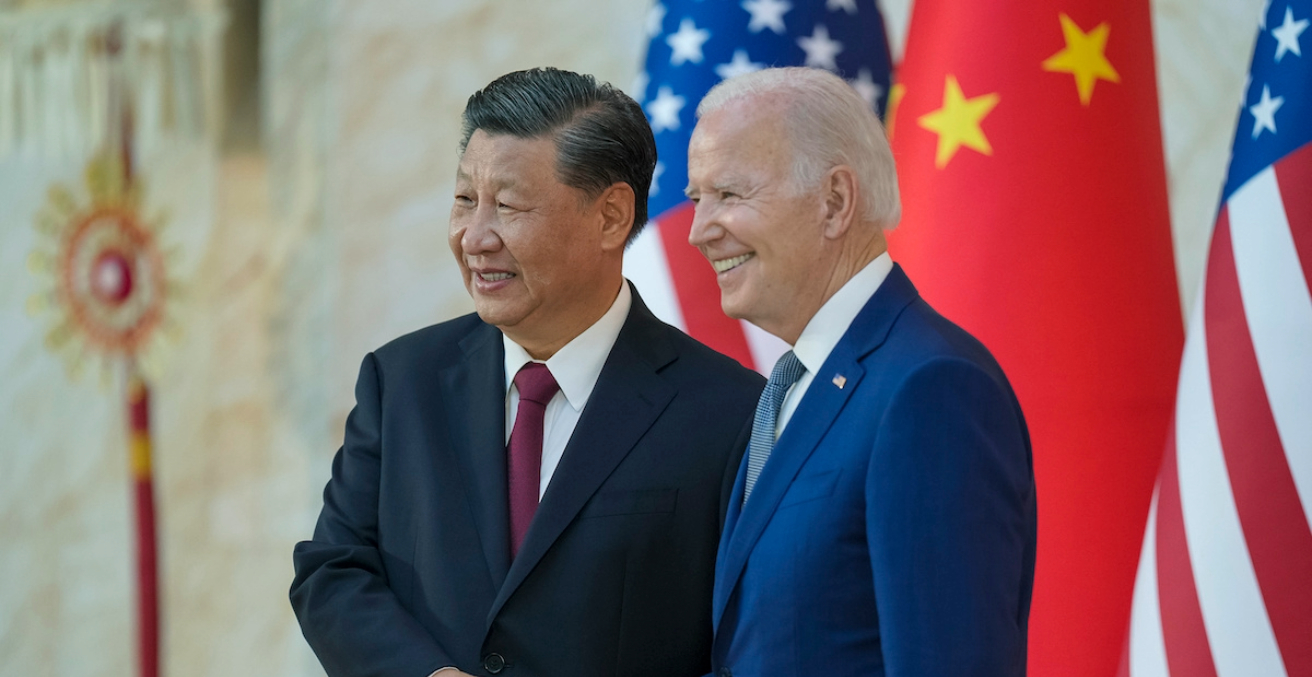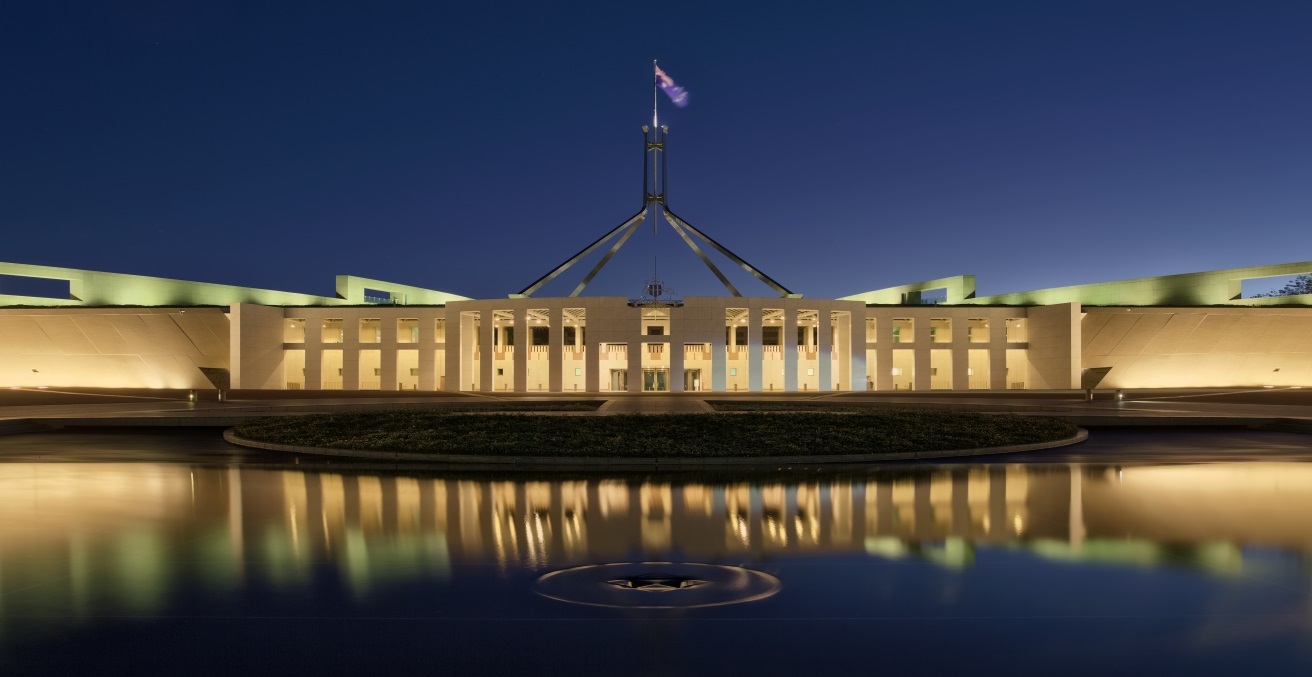As AI accelerates, the US and China shape the global governance landscape through parallel ambitions and contrasting ideologies. Understanding their policy trajectories reveals key inflection points for potential engagement.
The United States and China are the world’s leading powers in artificial intelligence (AI)—and each has global ambitions. As AI development accelerates, so too do calls to regulate it responsibly. Both countries have the capacity to shape the future of AI governance. But understanding where cooperation might be possible requires understanding how each country’s approach has evolved. While their methods and ideologies differ, and their leadership aspirations often appear at odds, two underexamined forces—infrastructure and philosophy—may create unexpected space for mutual engagement.
In the US, AI governance has long been shaped by the mythology of the free market. Under President Barack Obama, that mythology was tempered by calls for pipeline diversity. President Donald Trump discarded these in favour of rhetoric about “American values,” an ill-defined phrase deployed more as a competitive cudgel against China than a coherent policy vision. President Joe Biden attempted to resurrect some of Obama’s normative commitments—launching the Blueprint for an AI Bill of Rights, Executive Order 14110 on “safe, secure, and trustworthy AI,” and initiatives like the National AI Research Resource—but the foundations of his administration’s policies remained countering China’s influence through increased export controls and other measures. Trump’s second administration has once again changed focus away from equity and community-centredness, but the continued focus on competing with China and ensuring US “victory” in the “AI race” shows there’s more continuity than often assumed between different administrations’ AI approaches.
China, for its part, has been more consistent in its governance strategy, even as it experiments at the margins. Its 2017 New Generation AI Development Plan cast AI as a pillar of national strength, and subsequent regulations on algorithms, deepfakes, generative AI, and facial recognition underscore a clear priority: balancing the “twin miracles” of economic development and social stability. Though early days of “fragmented authoritarianism” have given way to a more centralised approach with specific vertical laws, this logic remains embedded throughout the governance system.
China is generally less explicit in its rhetoric than the US, with fewer exhortations about race dynamics and countering the US. In fact, it frequently invokes ideas of ethical pluralism and the language of international cooperation. This framing likely reflects a blend of genuine ideological positioning and diplomatic strategy, but it presents a challenge to US policymakers who continue to frame AI governance in moralising binaries.
This is evident in two parallel AI Action Plans released in July 2025. The US released a guiding document—indicatively titled “Winning the Race: America’s AI Action Plan”—with an epigraph from President Trump stating: “As our global competitors race to exploit these technologies, it is a national security imperative for the United States to achieve and maintain unquestioned and unchallenged global technological dominance.” Though the Action Plan itself contains only three substantive references to China, it is built on the premise that global AI is an inherently competitive “race,” and China is clearly the US’s main competitor.
A few days after the US AI Action Plan was released, China released its “Global AI Governance Action Plan.” It builds on the 2023 Global AI Governance Initiative, which seeks to portray China as a leader in the global pursuit of AI for the good of humanity and a “champion of the Global South.” The Global AI Governance Action Plan contains fewer specifics than the US AI Action Plan, but calls for “strengthening international cooperation on AI capacity building,” including supporting developing countries to design, implement, and govern AI. It also calls for building a global AI governance system through the UN and again shows the key balance of economic development and social stability: while it acknowledges the need to “jointly push for innovation breakthroughs,” it also advocates for strengthening “policy and regulatory coordination” and building an international AI safety governance framework.
The US, on the other hand, is determined to cut “bureaucratic red tape and onerous regulation” while working primarily with its allies. However, recent events have called into question the feasibility of this approach. Notably, despite calls to increase export controls—and mobilise allies to do the same—the US announced shortly before the release of the AI Action Plan that it would again permit Nvidia to export H20 chips to China after previously restricting them. This was part of a trade deal in which China agreed to lighten restrictions on rare earth exports.
Though seemingly counterintuitive, this deal reflects a fundamental reality of the modern AI ecosystem: the resources and supply chains enabling it are inextricably intertwined. China mines roughly 70 percent and processes 90 percent of rare earth minerals. US-based Nvidia has 92 percent of the GPU market. Both of these are critical for progress in AI. Both countries are attempting infrastructure decoupling, but the US may have to compromise on its fundamentalism to maintain access to the critical resources it needs. Meanwhile, its advanced chip dominance in turn provides leverage over China.
Will this lead to broader cooperation? Geopolitical issues are likely too entrenched for each country to join hands and promote harmonious global AI governance. However, each country’s primary goal is the same: to benefit the “people.” China is claiming that its definition of “the people” is the global community—though this comes with the noted exclusion of domestic critics, including the Uighurs of Xinjiang, who are subject to AI-enabled surveillance and detention. The US’s definition of “the people” has changed from administration to administration, but currently seems to include the American people and potentially allied nations. It’s doubtful that the current administration will agree to substantive global AI governance discussions. But through its Action Plan, China has thrown down the gauntlet—engage with global AI governance or be an obstructionist.
What the US will choose remains to be seen.
Emmie Hine is a Research Associate at the Yale Digital Ethics Center and a PhD candidate in Law, Science, and Technology at the University of Bologna and KU Leuven. She researches the ethics and governance of emerging technologies, including AI. You can also find her byline in her weekly tech-focused newsletter, the Ethical Reckoner. Emmie holds degrees from Williams College and the University of Oxford, and previously worked as a software engineer. She’s on Bluesky here and X here.
This article is published under a Creative Commons License and may be republished with attribution.





